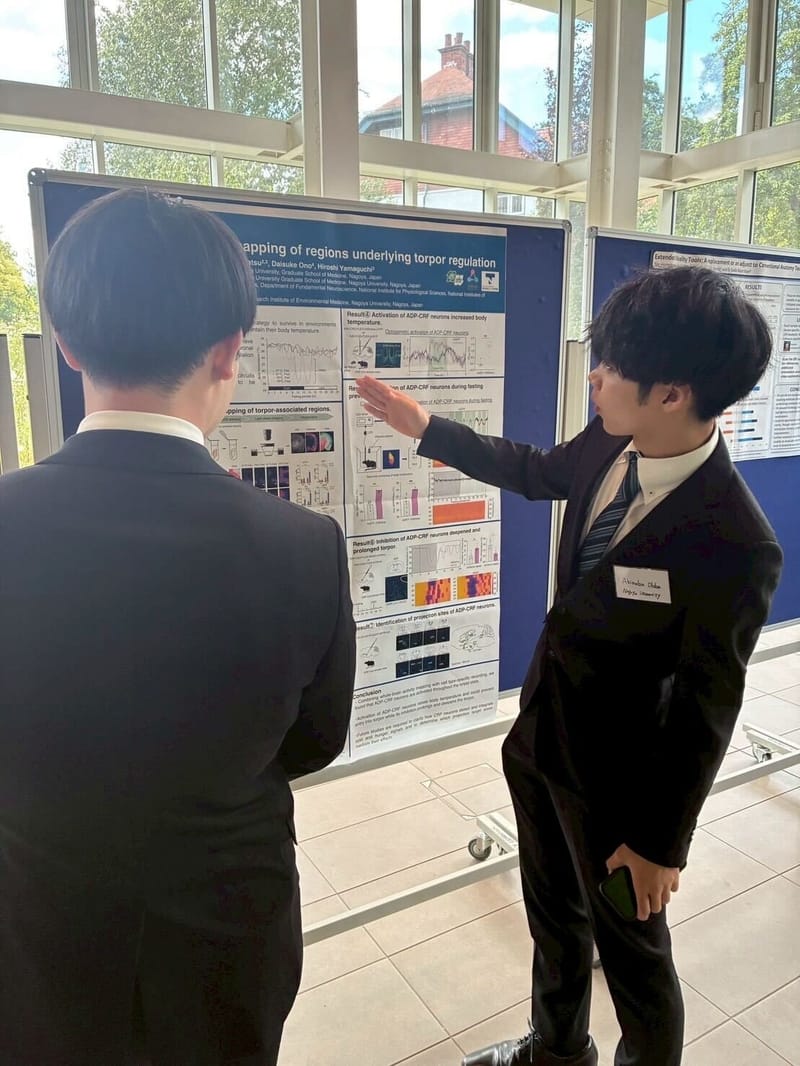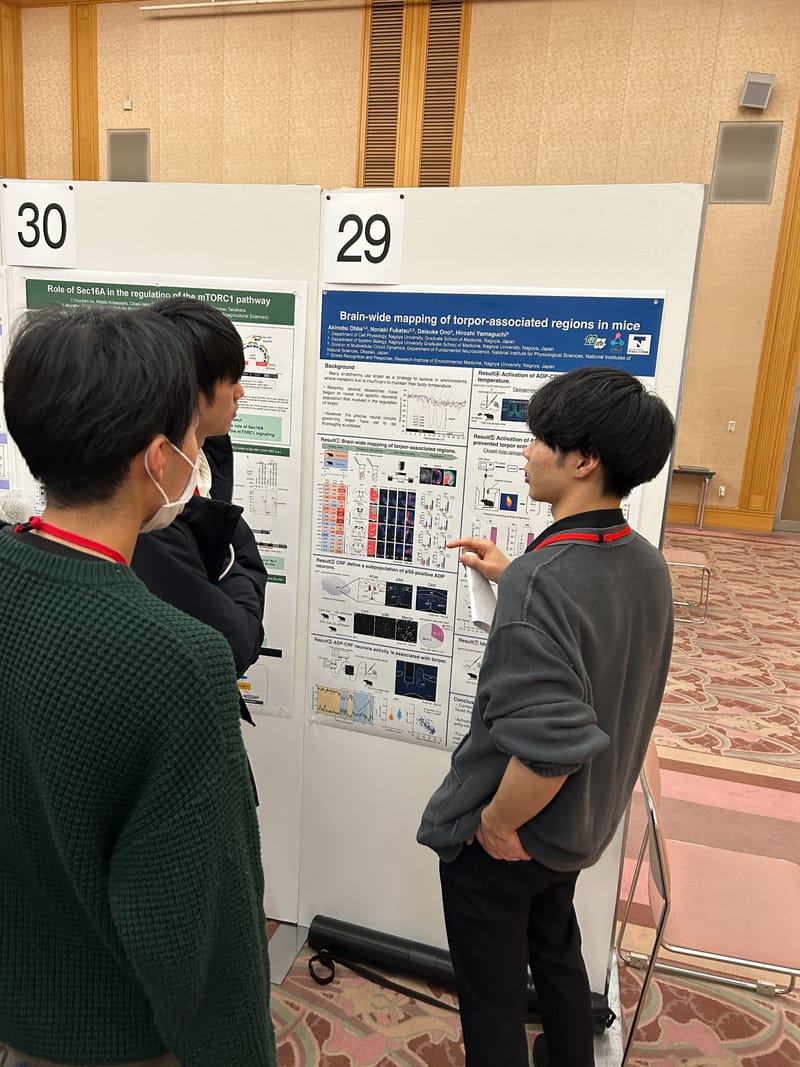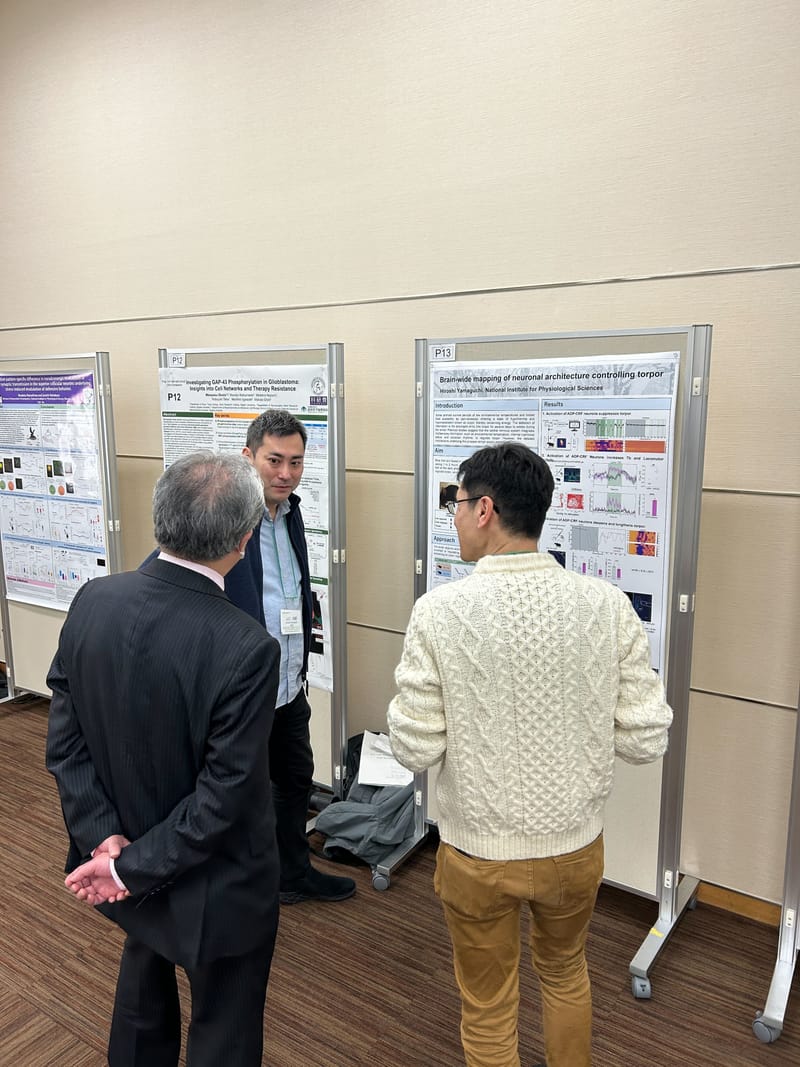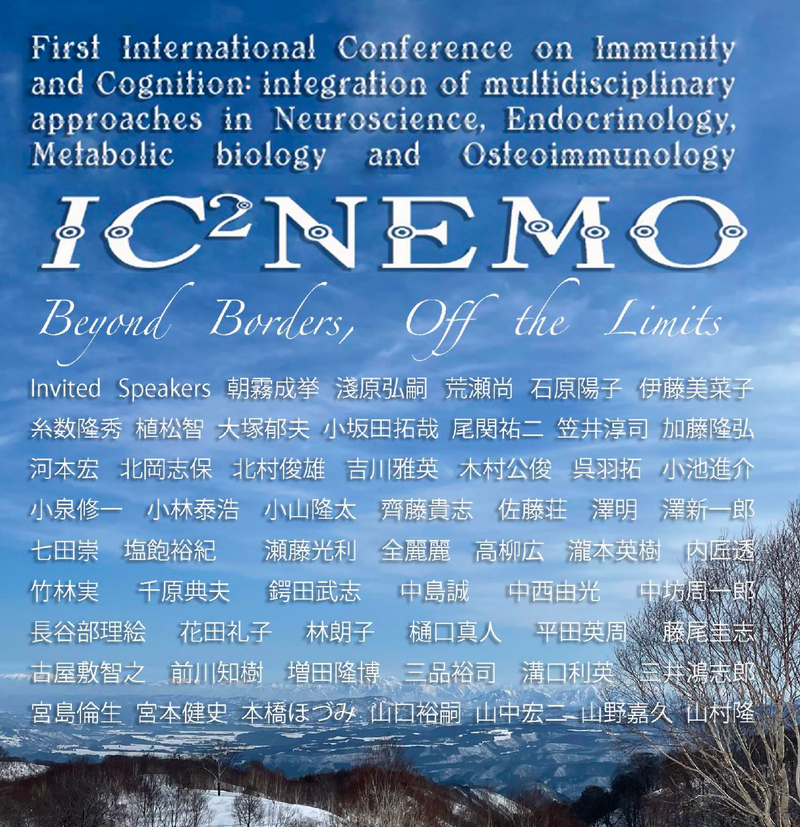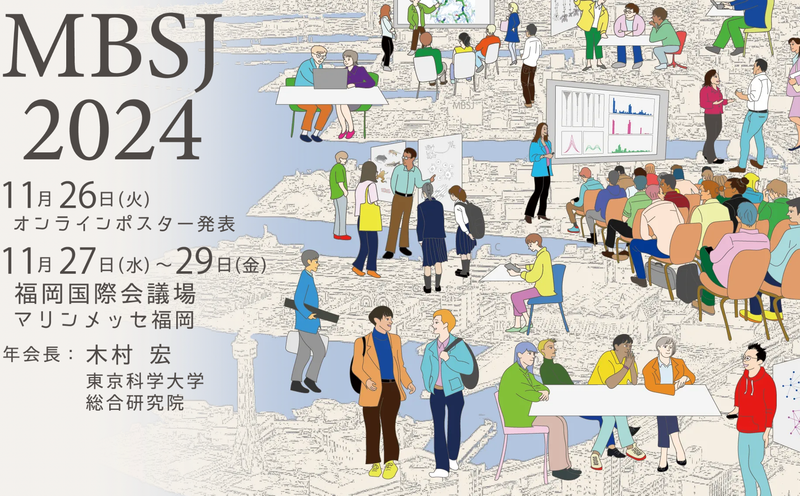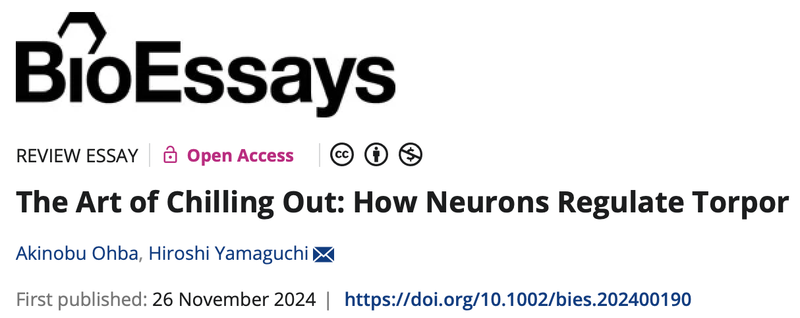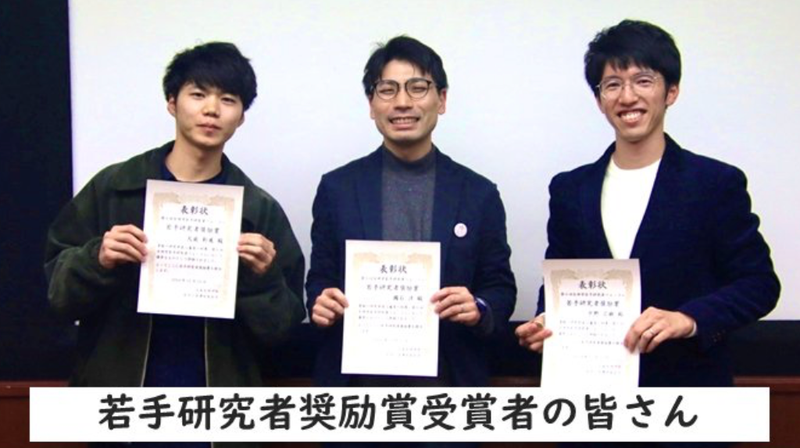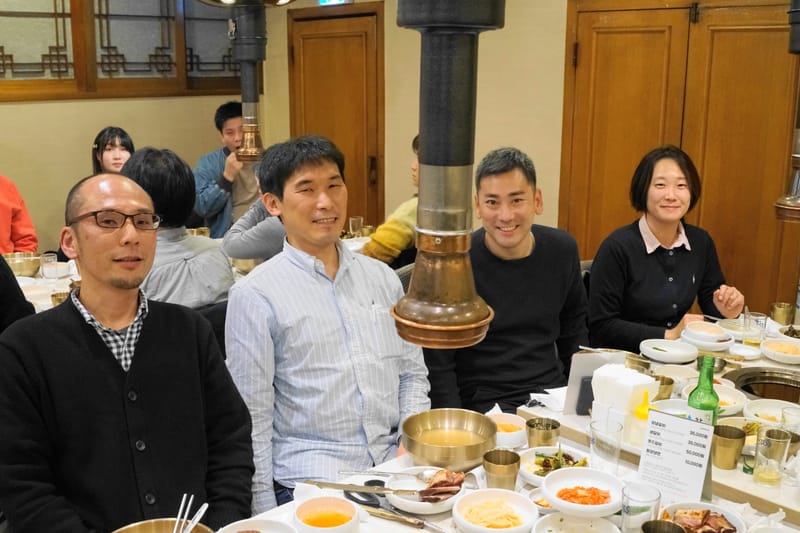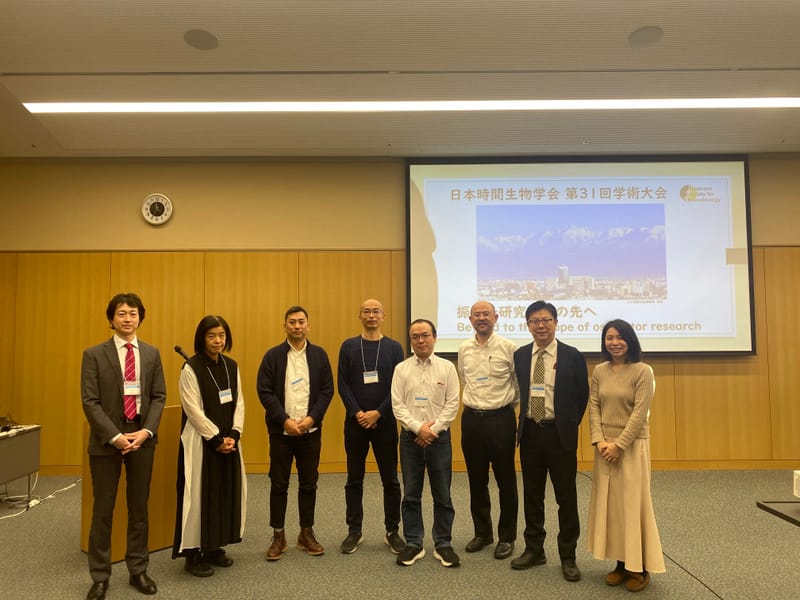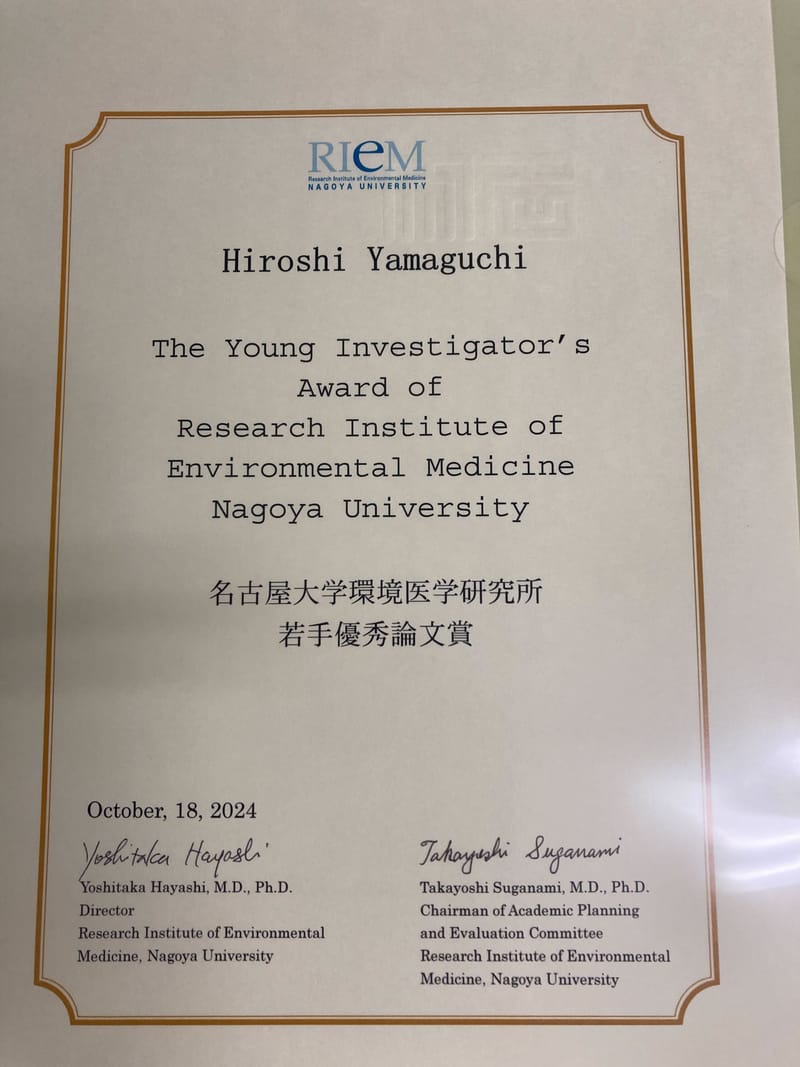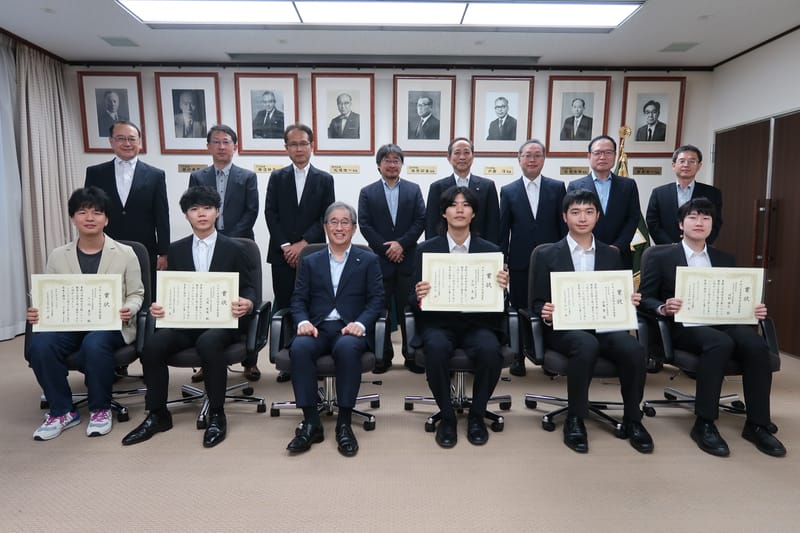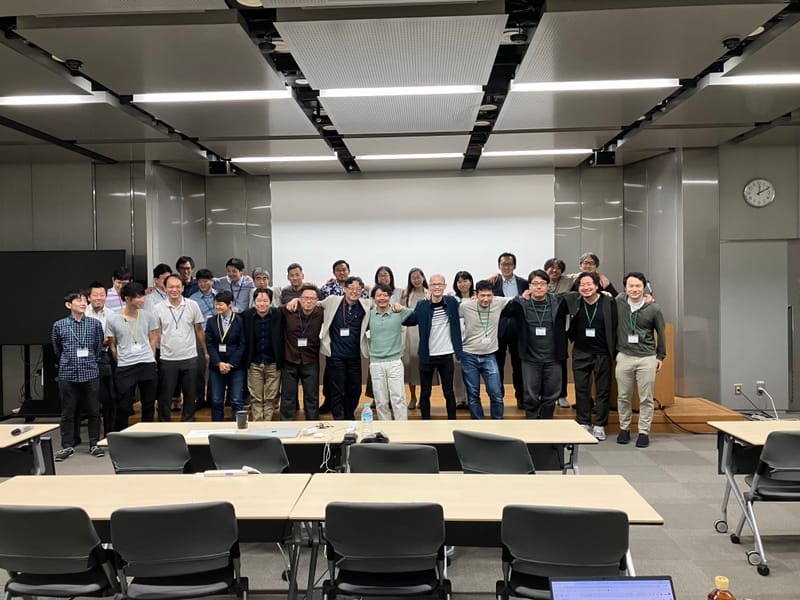Why are animals able to hibernate?
Research
The central nervous system, particularly the hypothalamus, is believed to integrate information on internal nutritional status, environmental temperature, and circadian and seasonal rhythms to regulate the initiation, maintenance, and termination of hibernation and torpor. However, the detailed mechanisms remain unclear. Our research group works to elucidate the neural circuits that control hibernation and torpor using whole-brain screening with tissue-clearing techniques, optogenetics, and in vivo gene editing technologies in mouse and hamster models.
Members
Hiroshi Yamaguchi
Ph.D. Group Leader
山口裕嗣 X: https://x.com/HYamagu23443318
Akinobu Ohba
Ph.D. Student
Angarag UYANGA
Ph.D. Student
Rie Nozaki
Research Technician
News
Akinobu gave a poster presentation at the 9th GAME (Global Alliance of Medical Excellence) Annual Meeting, held at the University of Nottingham in the United Kingdom.
Read MoreAt the 17th NAGOYA Global Retreat (6th CIBoG Retreat) held on February 21-22, 2025, Akinobu presented a poster and won the Poster Award.
Read MoreOn February 5-6, at the Okazaki Conference Center, Hiroshi presented a poster at the 14th Joint Symposium of NIPS, BRI, and EHUB.
Read MoreHiroshi participated in the 1st IC2NEMO held in Nozawa Onsen, Nagano Prefecture, from January 28 to 31, 2025, and gave a research presentation.
Read MoreOn November 29, 2024, at the Fukuoka International Congress Center, Yamaguchi gave a presentation as a symposium speaker at the 47th Annual Meeting of the Molecular Biology Society of Japan.
Read MoreA review article on the study of neural circuits regulating torpor has been published online.
Read MoreOn November 23, 2024, at Osaka University, Akinobu received the Young Investigator Encouragement Award at the 6th Young Physiologists' Forum."
Read MoreHiroshi presented at the joint symposium held at Yonsei University in South Korea on November 21, 2024.
Read MoreOn November 17, 2024, at the Toyama International Conference Center, Hiroshi presented as a symposium speaker at the 31st Annual Meeting of the Japanese Society for Chronobiology.
Read MoreOn October 18, 2024, our Current Biology (2023) paper received the Young Investigator Paper Award from the Research Institute of Environmental Medicine, Nagoya University.
Read MoreOn September 27, 2024, Akinobu won the 2024 Akasaki Students' Incentive Prize.
Read MoreHiroshi participated in the PRESTO (Multisensory Integration) Meeting held at the JST headquarters from September 22 to 24, 2024.
Read MorePublications
1. Murphy, K. R., Farrell, J. S., Bendig, J., Mitra, A., Luff, C., Stelzer, I. A., Yamaguchi, H., Angelakos, C. C., Choi, M., Bian, W., DiIanni, T., Pujol, E. M., Matosevich, N., Airan, R., Gaudillière, B., Konofagou, E. E., Butts-Pauly, K., Soltesz, I., and de Lecea, L. (2024) Optimized ultrasound neuromodulation for non-invasive control of behavior and physiology. Neuron. 10.1016/j.neuron.2024.07.002
2. Yamaguchi, H. Hypothalamic control of torpor and hibernation. Temperature. 2024 ahead-of-print, 1-3
3. Yamaguchi H, Murphy KR, Fukatsu N, Sato K, Yamanaka A, de Lecea L. Dorsomedial and preoptic hypothalamic circuits control torpor. Curr Biol. 2023 Dec 18;33(24):5381-5389.e4.
4. Sawamura T, Yuki N, Horii K, Naitou K, Yamaguchi H, Yamanaka A, Shiina T, Shimizu Y. Essential roles of the hypothalamic A11 region and the medullary raphe nuclei in regulation of colorectal motility in rats. Am J Physiol Gastrointest Liver Physiol. 2023 Jun 1;324(6):G466–75.
5. Li SB, Damonte VM, Chen C, Wang GX, Kebschull JM, Yamaguchi H, Bian WJ, Purmann C, Pattni R, Urban AE, Mourrain P, Kauer JA, Scherrer G, de Lecea L. Hyperexcitable arousal circuits drive sleep instability during aging. Science. 2022 Feb 25;375(6583):eabh3021.
6. Rahaman SM, Chowdhury S, Mukai Y, Ono D, Yamaguchi H, Yamanaka A. Functional Interaction Between GABAergic Neurons in the Ventral Tegmental Area and Serotonergic Neurons in the Dorsal Raphe Nucleus. Front Neurosci. 2022 May 19;16:877054.
7. Li SB, Borniger JC, Yamaguchi H, Hédou J, Gaudilliere B, de Lecea L. Hypothalamic circuitry underlying stress-induced insomnia and peripheral immunosuppression. Sci Adv [Internet]. 2020 Sep;6(37). Available from: http://dx.doi.org/10.1126/sciadv.abc2590
8. Yamaguchi H, de Lecea L. Construction of Viral Vectors for Cell Type-specific CRISPR Gene Editing in the Adult Mouse Brain. Bio Protoc. 2019 Aug 20;9(16):e3334.
9. Yamaguchi H, Hopf FW, Li SB, de Lecea L. In vivo cell type-specific CRISPR knockdown of dopamine beta hydroxylase reduces locus coeruleus evoked wakefulness. Nat Commun. 2018 Dec 6;9(1):5211.
10. Nakaya M, Watari K, Tajima M, Nakaya T, Matsuda S, Ohara H, Nishihara H, Yamaguchi H, Hashimoto A, Nishida M, Nagasaka A, Horii Y, Ono H, Iribe G, Inoue R, Tsuda M, Inoue K, Tanaka A, Kuroda M, Nagata S, Kurose H. Cardiac myofibroblast engulfment of dead cells facilitates recovery after myocardial infarction. J Clin Invest. 1 2017;127(1):383–401.
11. Yamamoto N, Yamaguchi H, Ohmura K, Yokoyama T, Yoshifuji H, Yukawa N, Kawabata D, Fujii T, Morita S, Nagata S, Mimori T. Serum milk fat globule epidermal growth factor 8 elevation may subdivide systemic lupus erythematosus into two pathophysiologically distinct subsets. Lupus. 2014 Apr;23(4):386–94.
12. Yamaguchi H, Maruyama T, Urade Y, Nagata S. Immunosuppression via adenosine receptor activation by adenosine monophosphate released from apoptotic cells. Elife. 2014 Mar 25;3:e02172.
13. Lauber K, Keppeler H, Munoz LE, Koppe U, Schröder K, Yamaguchi H, Krönke G, Uderhardt S, Wesselborg S, Belka C, Nagata S, Herrmann M. Milk fat globule-EGF factor 8 mediates the enhancement of apoptotic cell clearance by glucocorticoids. Cell Death Differ. 2013 Sep;20(9):1230–40.
14. Yamaguchi H, Fujimoto T, Nakamura S, Ohmura K, Mimori T, Matsuda F, Nagata S. Aberrant splicing of the milk fat globule-EGF factor 8 (MFG-E8) gene in human systemic lupus erythematosus. Eur J Immunol. 2010 Jun;40(6):1778–85.
15. Yamaguchi H, Takagi J, Miyamae T, Yokota S, Fujimoto T, Nakamura S, Ohshima S, Naka T, Nagata S. Milk fat globule EGF factor 8 in the serum of human patients of systemic lupus erythematosus. J Leukoc Biol. 2008 May;83(5):1300–7.
Review papers
1. Ohba A, and Yamaguchi H. The art of chilling out: How neurons regulate torpor. Bioessays. 2024 10.1002/bies.202400190
2. Yamaguchi H, de Lecea L. In vivo cell type-specific CRISPR gene editing for sleep research. J Neurosci Methods. 2019 Mar 15;316:99–102.
Books
1. 山口裕嗣. トーパーの神経メカニズム, 医学のあゆみ, 277巻3号 (2021)
2. 山口裕嗣, 長田重一. MFG-E8およびTim4を介したアポトーシス細胞の認識・貪食機構とその破綻, 実験医学増刊 細胞死研究総集編, vol.28 No.7 (2010)
Contact
We are currently recruiting graduate students and postdoctoral fellows. National Institute for Physiological Sciences Experimental Research Building, Room 233 Address: 38 Nishigouchu, Myodaiji-cho, Okazaki, Aichi, JAPAN 444-8585
